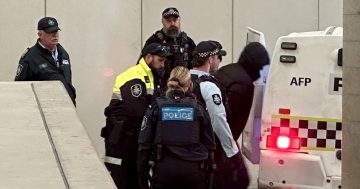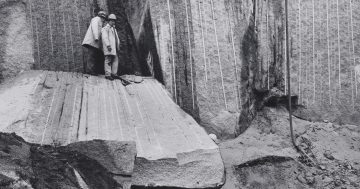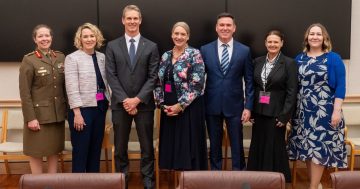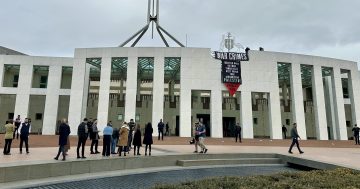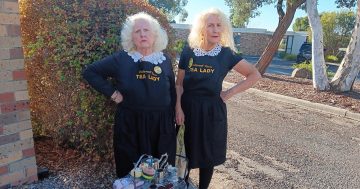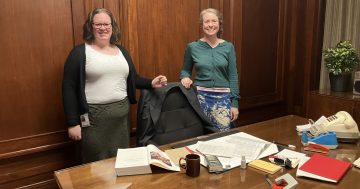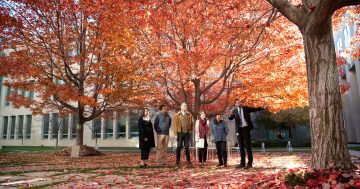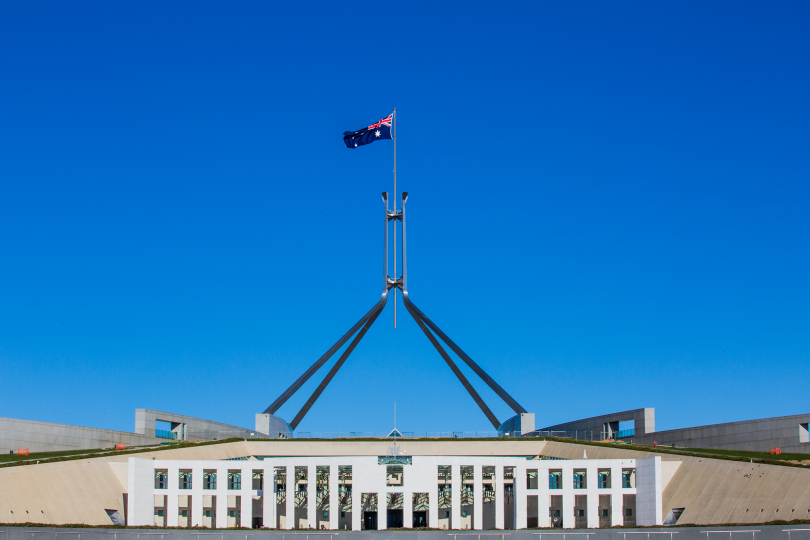
Photo: Jack Mohr.
As a long term resident of Canberra, I get frustrated that our city is seen by most Australians as synonymous with Parliament House and the politicians that work from there. Those of us who live, work and play in this beautiful city know that we are much more than this building that dominates our landscape.
Even though this is the case, Parliament House is still a building that I love. As a young person lucky enough to be at the official opening of Parliament House in 1988 with throngs of other school students invited to attend the event, I was aware that I was a witness to history. More than that, I was at a place where history was yet to be made, and even then understood how important this building would be to me, my family, my community and indeed the nation, given this is the building in which decisions are made that shape our lives.
At the time of its construction, I was imbued with the symbolism that sat behind the building’s design and loved how it has been designed to embody our unique democracy, one of egalitarianism and one which recognised that this was not just a politician’s house – this was our House. It made me proud to be Australian.
I have been delighted, and often moved, by the way in which it has lived up to its promise of being a people’s house to be shared with all Australians. From protests to war on the lawns, historic apologies in the chamber and grand events in the Halls, this is a place that many of us have shared with the people who represent us. Attending a function this week, I was struck with the life of the place, and I felt invigorated with the energy of a building that was bursting with activity and events. On a single ordinary day, there were launches of community organisations’ campaigns, lectures, delegations hosted, groups of school children being led throughout the halls, and the lawns being shared by delegations from Lesbian, Gay, Bisexual, Intersex and Queer (LGBTIQ) community and other groups. Parliamentarians were connecting with communities, hearing their views and engaging with all manner of people and issues – both inside and outside the building.
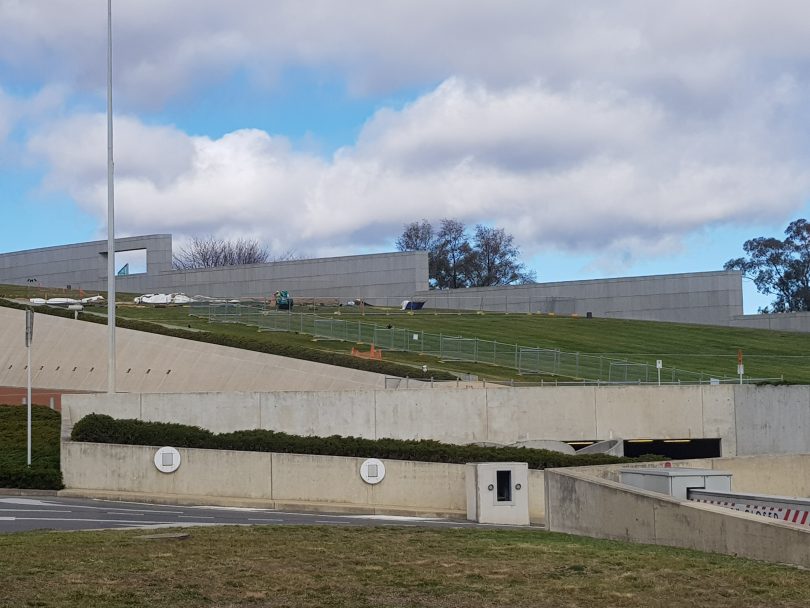
It was with great distress that I saw all this happening in view of a fence being erected to stop one of the most symbolic design elements of Parliament House – where the people get to walk over the political representatives of our nation. This is being done in the name of safety and protection from the threat of terrorism, but watching this blight being erected that will diminish some of the grandeur of our House, it felt more like the defacing of icons and artwork that we have seen in far away lands. I watched and hoped that this wasn’t the beginning of a time where we would experience less access to this place which is meant to be shared by Australians, and visitors as a place to meet, to learn, to share and to collaborate.
I want my family and the community to be safe, and I recognise that there are real threats from people who wish to harm us and our way of life. But in keeping us safe we need to ask what we are losing. In a time where our challenges and problems need us to connect with each other, understand different perspectives and work collaboratively to find different solutions, I ask why are we building walls and fences that separate us from the people who represent us?
I think we should look at different ways of dealing with terrorism and security threats rather than building fences and locking people out of Our Parliament House. I think we need to demand continued access to a place that belongs to all of us as Australians. What do you think?












